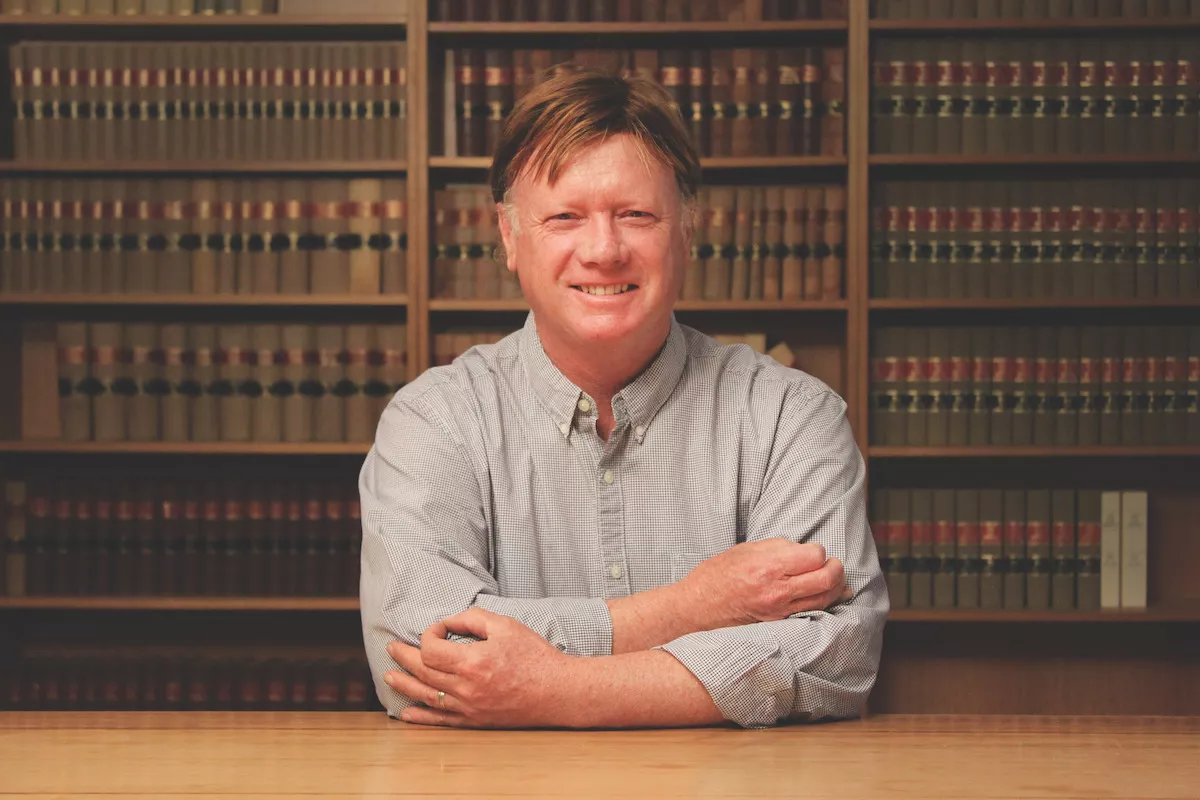 1.
1. Thomas Faunce was a professor at the Australian National University, Canberra, Australia.

 1.
1. Thomas Faunce was a professor at the Australian National University, Canberra, Australia.
Thomas Faunce practiced both law and medicine, and his professorship was a joint one, being in both the ANU College of Law and Medical School.
Thomas Faunce's research spanned across health law, bioethics, the regulatory governance of pharmaceutical industry and artificial photosynthesis in addressing environment sustainability issues.
Thomas Faunce was awarded research funding from the Australian Research Council for several Discovery Projects, and in 2009 was awarded a Future Fellowship to study nanotechnology and global public health.
Thomas Faunce was educated at Canberra Grammar School, graduating in 1976, achieving first place in the New South Wales Higher School Certificate in Ancient History and English.
Thomas Faunce undertook a double Bachelor of Arts and Law at the Australian National University, graduating in 1982.
Thomas Faunce graduated from medicine at the University of Newcastle, New South Wales, in 1993.
Thomas Faunce was conferred a Doctor of Philosophy by the Australian National University in 2001.
In 1983, Faunce was legal associate to Justice Lionel Murphy of the High Court of Australia, the year when the court was involved in significant decisions about Australian constitutional power in the case Commonwealth v Tasmania about the Franklin River dam, and the Australian constitutional meaning of religion in the appeal Church of the New Faith v Commissioner of Pay-roll Tax.
Thomas Faunce practiced as a solicitor in commercial law for a few years then returned to university to study medicine.
Thomas Faunce published a popular study guide on anaesthetics and intensive care.
In 2002, Thomas Faunce accepted a dual appointment at the Australian National University in the College of Law and Medical School.
Thomas Faunce served on the editorial board of the Journal of Medical Humanities and the Journal of Law and Medicine.